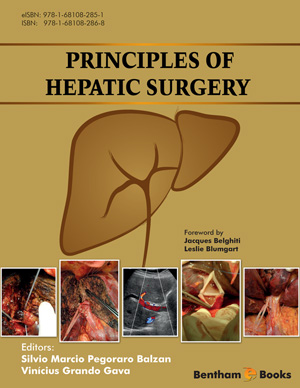Abstract
• Clinical presentation and management of intrahepatic cholangiocarcinoma (IHCC),the second most frequent primary liver tumor (after hepatocellular carcinoma), depend on the location of origin (juxtahilar to end-order biliary branches).
• In addition to classical risk factors for IHCC (such as parasitic infections, bile ductectasia, and primary sclerosing cholangitis), hepatitis B and C virus infection,cirrhosis, obesity, diabetes, and genetic polymorphisms seem to play a role in IHC Corigin.
• The three pathological subtypes – mass-forming, periductal-infiltrating, and intraductal-growth tumors – present different biological behavior and imaging characteristics.
• Surgical resection of IHCCs carries high morbidity and mortality rates, but it is currently the only curative treatment for IHCC, with a 5-year overall survival rate of 27%. Recurrence is frequent, rarely amenable for repeat surgery, and usually associated with death. The role of liver transplantation is controversial.






















